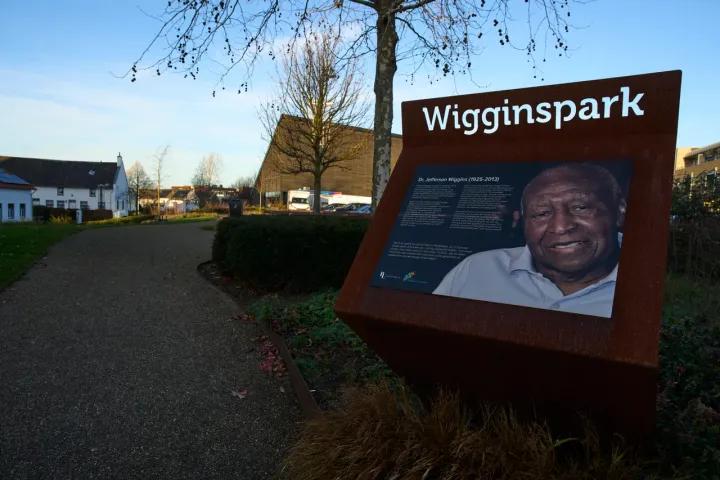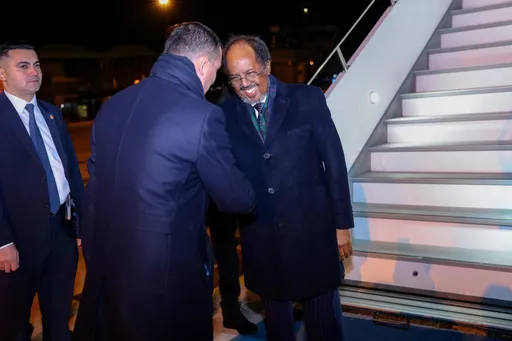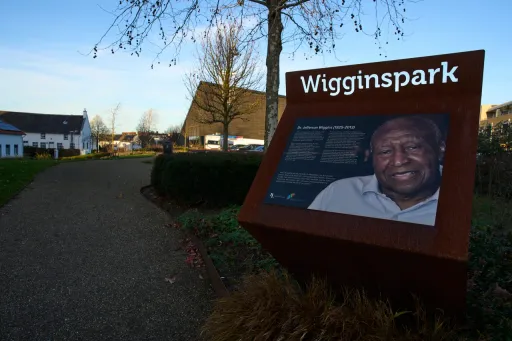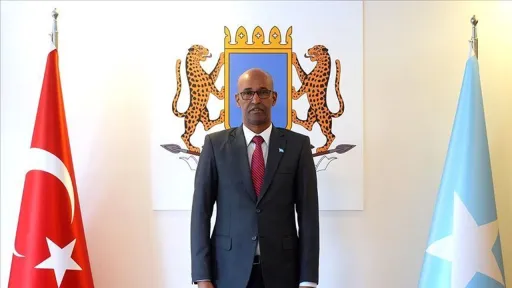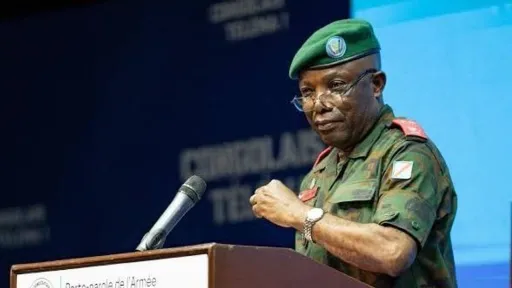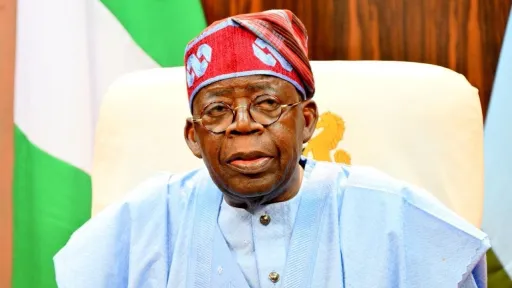By Firmain Eric Mbadinga
The Great Green Wall is Africa's bulwark against desertification, coursing through the heart of the Sahel to transform arid landscapes into lush, green belts pulsating with life.
As an integrated approach to restoring ecosystems, it is also a movement that unites communities in fostering sustainability and resilience in the face of climate change.
Every sapling planted as part of the green wall grows into more than just a tree – it is, as the website https://thegreatgreenwall.org states, an epic dream. The Great Green Wall aspires to be the largest living structure on the planet, three times the size of Australia's Great Barrier Reef.
Nearly 40 years after Thomas Sankara, Burkina Faso's first President, spoke of the need to halt the relentless advance of the Sahara, an initiative by the former Senegalese President Abdoulaye Wade saw the project being revived in 2007.
The Great Green Wall project has acquired a much larger span in the years since, with reforestation policies and actions led by the Sahel-Saharan states striking roots on the continent.
At the heart of this collaborative effort by states of the Sahel region is the Pan-African Agency of the Great Green Wall, whose establishment on June 17, 2010, marked the commencement of the project's operational phase.
Focus on ground zero
In Chad, one among 11 African countries selected as intervention zones for the Great Green Wall, the project focuses on mobilising communities to plant as many trees as possible to counter the advance of the desert along a stretch of over 2,300km.
Chad's efforts are part of the larger plan to establish a vegetation barrier at least 7,000km and 15km wide along the Sahel.
The target is to blanket 100 million hectares in vegetation, extending from Dakar in the western part of the continent to Djibouti in the east. The wall is due to be completed in 2030.
The Agence Nationale De La Grande Muraille Verte (ANGMV), created in 2012, is responsible for implementing Chad's Great Green Wall project.
''Since its creation, ANGMV has contributed to the restoration of more than 36,000 hectares of land, creation of thousands of green jobs, the production of two million seedlings through 12 large nurseries, and digging of 76 boreholes," the agency's director general, Kodou Choukou Tidjani, tells TRT Afrika.
ANGMV has also trained local communities in sustainable land management practices and established critical partnerships with regional and international organisations.
Nahadja Basile, secretary general of the Dar-Tama department in Wadi Fira province, acknowledges the impact of ANGMV's work in the country's northeast, especially in his constituency of 180,000 inhabitants.
"I have witnessed first-hand the agency's actions in the Koungou and Mile refugee camps. Between June and September, 250 people were recruited. ANGMV is constantly strengthening its teams and bringing greenery back to the land that has turned arid," he says.
As part of the Albiä project financed by the World Bank, ANGMV is stepping up its reforestation work in the region with funding from partners such as the United Nations Development Programme, the World Food Programme, the Food and Agriculture Organisation and other donors. The Chadian government also contributes to the programme.
"To date, at least 130,000 seedlings have been planted. Community groups receive training in growing fodder crops or plants prized by livestock," Basile tells TRT Afrika.
Specialised equipment is used to help fertilise arid land, including the harshest soils.
Community at the core
Much of the success achieved so far is due to volunteers like Brahim Ali, a nature enthusiast and environmental guardian. In the past five years, he has participated in all reforestation initiatives taken by the agency in his native Kanem region.
"I contacted the national agency during an awareness campaign they had organised in my region. After several meetings and training on reforestation and sustainable land management, I decided to get involved as a volunteer in this huge reforestation project," he recalls.
Besides supporting volunteers like Brahim Ali through training, ANGMV provides seeds, tools and other necessary infrastructure, such as nurseries, to facilitate work in the field.
Tidjani believes meeting time-bound objectives and sustained effort are crucial to the mission's success.
"This year, ANGMV has planned specific actions such as extending assisted natural regeneration, reforestation programmes around refugee camps, and raising awareness about climate change. A specific section on partnerships with communities for the sustainable management of sites is also on the agenda,” he tells TRT Afrika.
One step at a time
The timetable set by the United Nations for the Great Green Wall's completion may appear challenging, but those involved in the project know they are on track to achieve the goal.
Once completed, the wall will not only stave off the advance of the desert but also create a system to capture and store 250 million tonnes of CO2, thereby combating global warming.
Brahim Ali points out that local populations must be involved and fully committed to the project in Chad and all the other countries. "They need to be made aware of and trained in the importance of reforestation while integrating sustainable natural resource management practices," he says.
According to experts, more educational programmes and economic incentives, such as the promotion of agroforestry, could encourage greater participation.
"It is also important to monitor and maintain the plantations. Planting trees is just the first step. Our success depends largely on monitoring and maintenance," Brahim Ali tells TRT Afrika.
These ideas align with the strategic recommendations formulated by various international institutions and have already been applied by some of the states working on the Great Green Wall.
A 2020 survey by the NGO Transparency International revealed that Ethiopia was leading the field in meeting targets.
In Chad, those driving the project reinforce that this is a marathon, not a sprint. "To ensure quality results by the end of the project, ANGMV carefully selects each tree for planting," says Tidjani.
''We favour local species such as maralfalfa, moringa, acacia, and baobab, all of which have adapted to the region's climatic conditions and benefit the soil and local communities. These plants are chosen for their resilience to drought, ability to improve soil fertility, and provide non-timber forest produce."
➤Click here to follow our WhatsApp channel for more stories.



